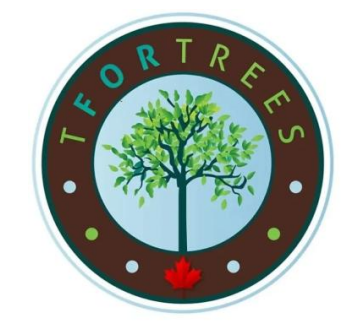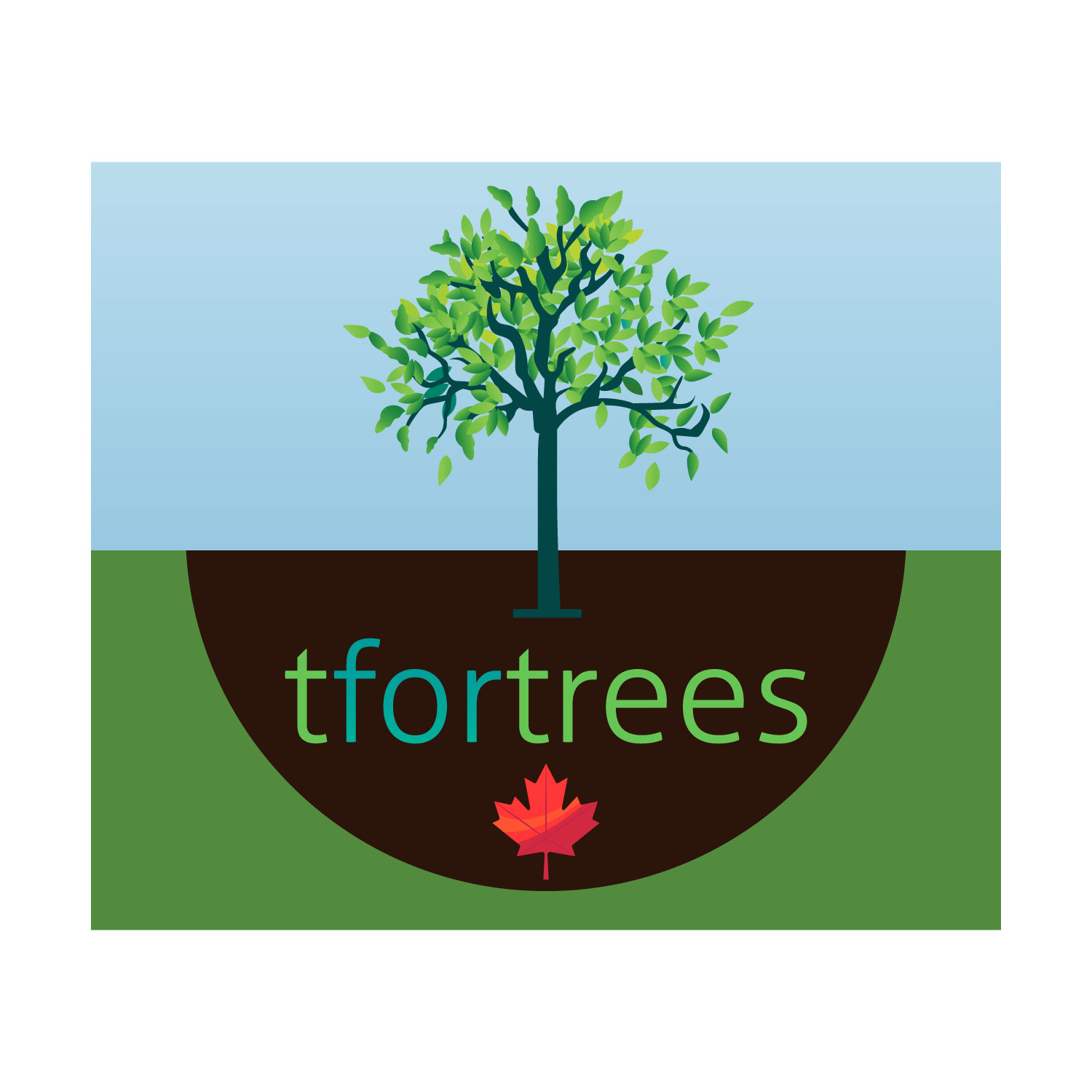
TorTrees Agroforestry Mission
Mission Brief: TforTrees Agroforestry & The #100BillionTrees Initiative
Potential Partners, Government Agencies, Stakeholders
Integrating Food Security, Revenue Generation, and Ecological Restoration through
Advanced Agroforestry
1. Executive Summary
TforTrees Agroforestry is launching a transformative mission to plant 100 billion hybrid Paulownia trees across Africa, the Middle East, and other target regions. This is not merely a reforestation project; it is an integrated agroforestry system designed to directly address national food security while generating multiple, scalable revenue streams. By intercropping our fast-growing hybrid Paulownia trees with staple food crops, we create sustainable, resilient agricultural landscapes that empower communities, restore degraded land, and build climate resilience, all while delivering a strong financial return.
2. Core Mission: The #100BillionTrees Initiative
Our primary goal is the large-scale planting of 100 billion trees. However, our methodology sets us apart:
- Ecological Engine: The hybrid Paulownia tree is selected for its remarkable
properties: extremely fast growth, deep root systems that combat desertification,
and a light, sparse canopy that allows sufficient sunlight for understory crops. - A Multi-Faceted Asset: We view each tree as a long-term appreciating asset that
delivers environmental and economic benefits annually.
3. Strategic Pillar: Food Security Tailored to Dietary Needs
Food security is at the heart of our model. We design our agroforestry systems around the specific dietary and agricultural needs of each nation.
- The Agroforestry Model: HybridPaulownia trees are planted in wide-spaced alleys, with the land between used for cultivating food.
- Tailored Intercropping: We partner with local experts to promote staple foods (e.g., sorghum in Africa, dates and morings in the Middle East) beneath the canopy.
- Direct Benefits: The trees create a beneficial microclimate, enhancing soil moisture and fertility, which can boost crop yields by 30-40%.
4. diversified Revenue Streams: The Economic Model
The TforTrees system is engineered for financial sustainability and profit generation through
four primary revenue channels:
- Carbon Credit Generation: The rapid growth of Hybrid Paulownia trees sequesters large volumes of CO2. This creates a significant and verifiable stream of carbon credits, which can be sold on the voluntary carbon market, providing earlystage revenue to fund operations and share with partner communities.
- Sustainable Timber Harvest (7-8 Year Cycle): Hybrid Paulownia wood is lightweight, strong, and highly valuable for furniture, construction, and plywood. This is the primary long-term asset, offering a substantial return on investment for every tree planted.
- Cyclical Biomass Harvest (3-Year Cycle: The strategic pruning of Paulownia trees every three years produces a large volume of biomass. This can be processed into sustainable biofuels, wood chips, or organic mulch, creating a regular,
intermediate income stream before the timber harvest. - Apiculture (Beehive Farming): The abundant, nectar-rich flowers of the Paulownia tree are a superb source for honey production. Integrating beehives into our agroforestry plots creates a premium honey revenue stream while critically enhancing pollination for the intercropped food plants, further increasing their yields.
5. The TforTrees Advantage: Why Hybrid Paulownia?
Our proprietary hybrid Paulownia is the cornerstone of this mission due to its unique synergy with food production and revenue generation: light canopy, rapid growth, and drought resilience.
6. Implementation Strategy
A. Partnerships: Collaborate with governments, local communities, and NGOs.
B. Nursery & Training: Establish local nurseries and comprehensive training programs.
C. Phased Roll-out: Begin with pilot projects to demonstrate success.
D. Monitoring & Evaluation: Track tree survival, crop yields, and socio-economic impact.
7. Vision for Africa, the Middle East, and Beyond
This mission aligns directly with global sustainability goals (SDGs). We envision a future where degraded farmland is transformed into productive, climate-smart systems that provide food, economic prosperity, and natural infrastructure
8. Disclaimer and Project Limitations
While the TforTrees model presents a compelling opportunity with multiple revenue streams, it is essential to acknowledge the variables that can impact the desired results:
- Market Volatility: Revenue projections for carbon credits, timber, and biomass are subject to market fluctuations. Future prices are estimates and not guaranteed.
- Agro-Climatic Risks: Success is dependent on suitable site selection and climatic conditions. Prolonged droughts, pests, diseases, or extreme weather events beyond projected models could affect tree growth and survival rates.
- Execution and Partner Performance: Achieving scale and revenue targets is contingent on successful partnerships with local communities and governments, effective project management, and continuous access to necessary funding and resources. Delays in implementation can impact revenue timelines.
The ability to generate and monetize carbon credits is subject to the regulatory environment and certification processes in each target country, which can change over time.
Prospective investors and partners should conduct independent due diligence, considering these factors alongside the project’s significant potential.
9. Call to Action
We invite governments, impact investors, and development organizations to partner with us in this critical mission. Together, we can plant the seeds for a future where environmental restoration, food security, and economic prosperity grow hand-in-hand.
Tagline: #TforTrees: #Cultivating Forests, #Harvesting Food, #Securing Futures.
❖ IMPORTANT NOTICE & DISCLAIMER: FORWARD-LOOKING STATEMENTS
- The information contained in this document, including all financial projections, revenue models, environmental impact estimates, carbon credit yields, and growth timelines, consists of forward-looking statements based on current expectations, estimates, projections, and assumptions.
- These statements are not guarantees of future performance and are subject to known and unknown risks, uncertainties, and other factors beyond our control. Actual results, performance, or achievements may differ materially from those expressed or implied by these forward-looking statements.
❖ Key variables that may affect outcomes include, but are not limited to:
- Changes in local and global economic conditions.
- Fluctuations in voluntary carbon market prices and regulatory frameworks.
- Success rates of tree planting and survival (influenced by climate, pests, diseases).
- Agricultural yields of intercropped species.
- Timeliness and scale of funding and investment.
- Political stability, policy changes, and community cooperation in project regions.
- Technological adoption rates and operational execution.
❖ The author and TforTrees Agroforestry believe that the expectations reflected in these projections are reasonable and attainable under ideal conditions. However, no representation or warranty, express or implied, is made as to the accuracy, completeness, or likelihood of achievement of these forwardlooking statements.
